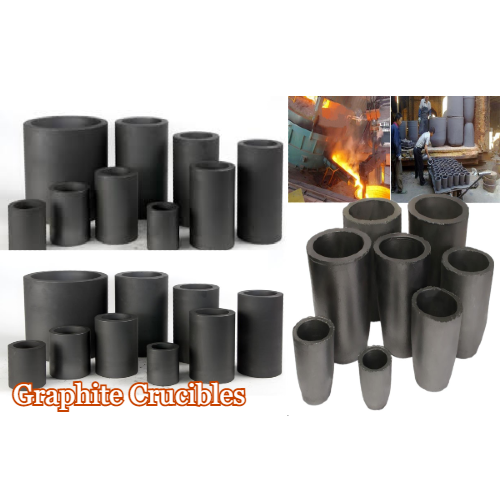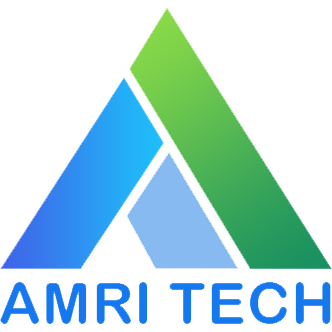Graphite Crucibulies
- Home
- Products
- Graphite Crucibulies
A graphite crucible is a container used for melting and casting non-ferrous, non-iron metals such as gold, silver, aluminum, and brass. Their thermal conductivity, high temperature resistance, small thermal expansion coefficient for high temperature applications, and anti strain properties to rapid heating and cooling make graphite crucibles an ideal metal casting tool.. They are resistant to the effects of acids and alkaline solutions and have excellent chemical stability.
Graphite is produced from natural graphite, a naturally occurring crystalline form of carbon and is manufactured by combining graphite with fire resistant clay or carbon dioxide.Synthetic graphite is made by processing petroleum pitch and petroleum coke, which are byproducts of the oil refining process. It has a purer high fixed carbon content with very few impurities and a low sulfur content.The quality of a graphite crucible is determined by how it is manufactured, which influences its structure, density, porosity, and strength.

How Graphite Crucibles are Used
The non-reactive nature of graphite crucibles makes them ideal for use in the casting process. Their excellent heat performance helps in melting metals quickly for faster production cycles. Since graphite crucibles are resistant to chemicals and corrosion, they are not affected by workshop conditions, characteristics that make them durable and long lasting.
During casting, temperatures are increased to decrease the tensile and yield strength of the metals alloys being cast. The temperature at which metals melt varies depending on the type of metal. Factors that influence casting are the temperature of the alloy being cast and the temperature of the crucible. Graphite crucibles are exceptionally capable of providing the proper vessel for casting due to their high resistance to the effects of increases in temperature, regardless of the type of metal alloy.The many hundreds of shapes of graphite crucibles are categorized by letters, which begin with A. Each form is divided into subcategories that are determined by the crucibles inside diameter (d or ID), outer diameter (D or OD), and height (H) and its shape. The crucible pictured below is cylindrical with a flat bottom and no spout or lid.
The different forms of graphite crucibles also refer to their shapes, which vary as widely as the different dimensional forms. They can be cylindrical with or without a spout, shaped like a cup, or include a top edge and lid, to name a few.Graphite crucibles have slowly developed into an essential part of metal forming. They can be as small as teacups or large enough to hold several tons of molten metal and be permanent parts of furnaces.
Graphite crucibles are used in fuel fired, electric, and induction furnaces or as a method for transferring and moving molten metals. They have to be designed to fit the temperature, chemical, and physical requirements of the specific operation.
Products List
- Laboratory Plasticware
- Laboratory Glassware
- Laboratory chemicals
- High pressure autoclaves reactors
- S.S High temp Reactor
- Ball mill
- Hot air oven
- High Temperature Furnaces
- Heating mantle
- Oil bath
- Water bath
- Silicon Carbide Heating Elements(SIC)
- Silicon carbide crucibles
- Hot plate
- Hot plate with magnetic stirrer
- PH meter
- TDS meter
- Graphite Crucibles
- 99% Alumina crucibles ,Boat ,Rod, dish, tray, plate &Tubes etc
- Graphite Rod
- Overhead Stirrers
- Metal Product
- AODD PUMP
- ETP/STP water treatment plant
- Hydraulic Pellet Press
